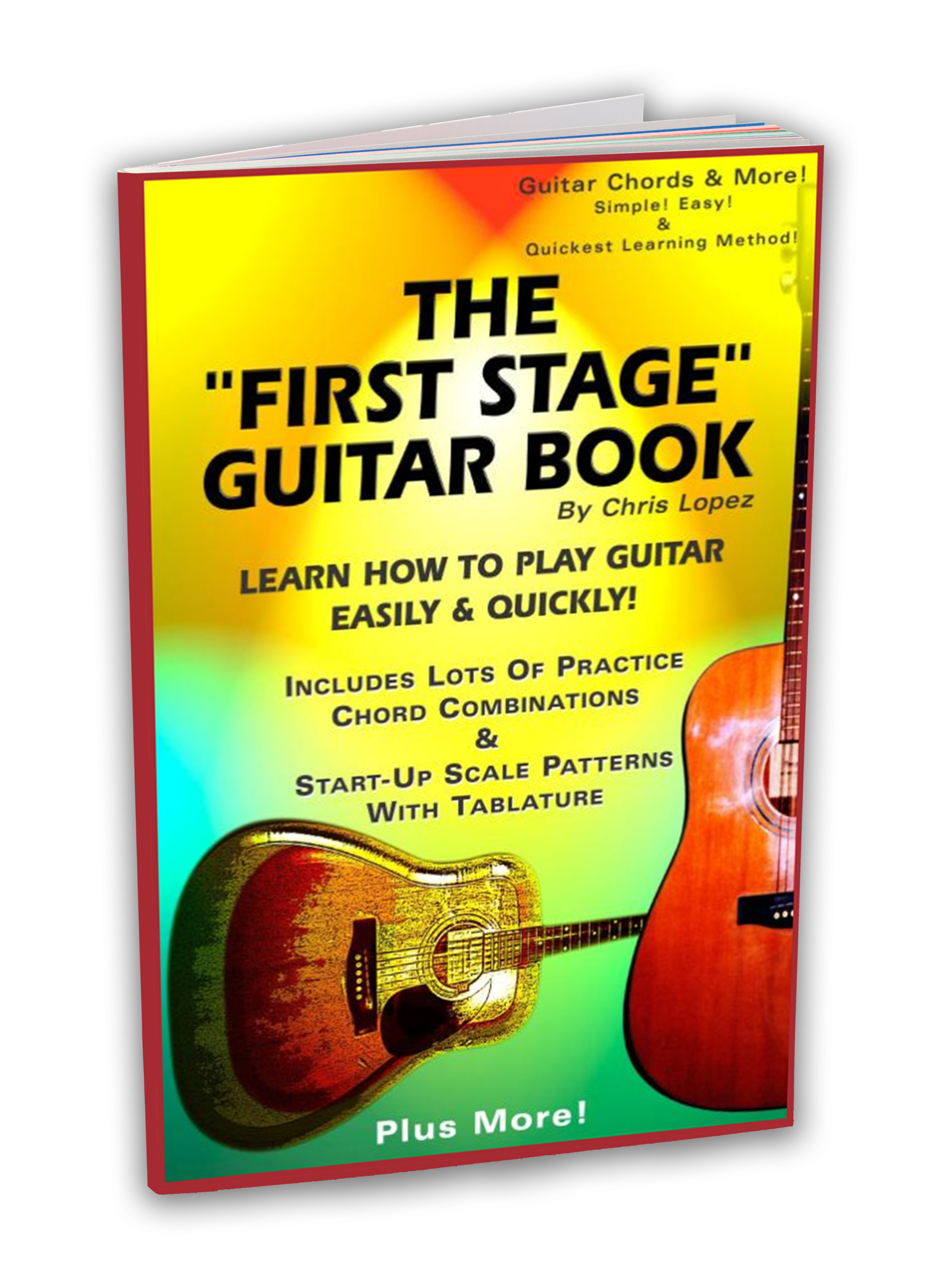Easy Chord Patterns and Chord Progressions for Beginners: Master Songs with Confidence
Unlock the Magic of Music with Simple Chord Progressions
Chord progressions form the backbone of nearly every song, providing the structure and emotional depth that makes music resonate. For beginners at Quick Start Guitar, mastering a few essential progressions opens the door to a whole world of music, allowing you to play your favorite tunes with ease.
At Quick Start Guitar, we guide you through creating smooth, simple chord progressions that sound fantastic and are straightforward to master. With just a basic set of chords, you’ll soon be strumming along to a variety of songs!

What Are Chord Progressions?
A
chord progression is a sequence of chords played in a specific order, establishing the harmonic and emotional tone of a song. For instance, the progression C → G → Am → F is a staple in countless pop and rock songs. By mastering these basic sequences, you’ll find yourself able to accompany many popular tracks.
Essential Chord Progressions for Beginners
The 4-Chord Progression
(C → G → Am → F)
This is one of the most common progressions in pop, rock, and folk music.
Mood: Uplifting and cheerful.
Popular Tracks: “Let It Be” by The Beatles, “With or Without You” by U2.
The I-IV-V-I Progression
(G → C → D → G)
This classic progression is perfect for beginners and works in many genres.
Mood: Strong and reassuring.
Famous Examples: “La Bamba” by Ritchie Valens, “Twist and Shout” by The Isley Brothers.
The Minor Chord Progression
(Am → G → F → E)
A moody and emotional progression often used in ballads and slower songs.
Mood: Melancholic and emotional.
Notable Songs: “House of the Rising Sun” by The Animals, “Hallelujah” by Leonard Cohen.
The Blues Progression
(E → A → B7)
This 12-bar blues progression is a must-know for aspiring guitarists.
Mood: Soulful with a touch of jazz.
Classic Blues Hits: “Sweet Home Chicago” by Robert Johnson, “Pride and Joy” by Stevie Ray Vaughan.
The 3-Chord Progression
(G → C → D)
One of the simplest progressions, perfect for beginners.
Mood: Fun and easygoing.
Beginner Favorites: “Wild Thing” by The Troggs, “Blowin’ in the Wind” by Bob Dylan.
How to Practice Chord Progressions Effectively
01
Start with the Basics
Begin with simple 3-chord progressions, such as
G → C → D, before moving to more complex sequences.
02
Keep the Beat
Use a metronome to maintain consistent timing, playing each major chord for four beats.
03
Focus on Smooth Transitions
Focus on seamless chord changes, practicing two chords at a time until they feel natural.
04
Strumming Patterns
Introduce simple patterns like
D-D-U-U-D-U to add rhythm to your play.
05
Adjust the Tempo
Begin slowly and increase your speed as you gain confidence and skill.
Why Quick Start Guitar Simplifies Learning Chord Progressions
With The First Stage Guitar Book, learning chord progressions is a structured, step-by-step process designed for beginners. Here’s how we make it easier:
Ready-Made Progressions: Jump straight into playing with progressions that teach you the ropes quickly.
Effortless Techniques: Gain skills for smooth chord transitions.
Creative Control: Use our Chord Combination Chart to experiment with and create your own music!
“The chord progressions in this book made it so easy to play actual songs. I finally feel like I’m making progress!” – Verified Amazon Reviewer
FAQs About Chord Progressions
What is the easiest chord progression for beginners?
The 3-chord progression (G → C → D) is one of the simplest and most beginner-friendly, common chord progressions. It’s used in many popular songs, sounds good and is easy to play with basic open chords.
Do I need to know music theory to play chord progressions?
No! You can start playing progressions right away without needing to know complex theory. QuickStartGuitar focuses on hands-on learning to get you playing fast.
How long does it take to master chord progressions?
Describe the item or answer the question so that site visitors who are interested get more information. You can emphasize this text with bullets, italics or bold, and add links.
Describe the item or answer the question so that site visitors who are interested get more information. You can emphasize this text with bullets, italics or bold, and add links.
Can I write my own chord progressions?
Yes! Once you’re comfortable with the basics, you can use the Chord Combination Chart in The First Stage Guitar Book to experiment with your own progressions.
What popular songs can I play as a beginner?
Many popular songs use basic progressions. For example:
• C → G → Am → F: “Let It Be” by The Beatles.
• G → C → D: “Wild Thing” by The Troggs.
Ready to Play Real Music?
Guitar chord progressions unlock your musical potential, enabling you to play and create the songs you love. With
QuickStartGuitar, you’ll discover everything you need to combine chords effectively, practice basic chord progressions, and play with confidence.
Order The First Stage Guitar Book Today and Start Your Musical Journey!
Learning guitar has never been easier or more affordable. Whether you’re just starting or refreshing your skills, Quick Start Guitar equips you with all the necessary tools to succeed.
Don’t wait—start your guitar-playing journey today!
Explore More Guitar Insights on Our Blog
Whether you're just starting your guitar journey or looking to refine your skills, our blog is packed with valuable resources tailored for every stage of learning. Dive into detailed articles, tips, and techniques that enhance your playing and expand your musical knowledge. From beginner basics to advanced tutorials, our blog is a vibrant community hub for guitar enthusiasts to share and explore.
🎸 Check out our latest blog posts for more inspiration and guidance!
Contact us:
Available: 24 Hours a day - 7 Days A Week PST
Email Address:
